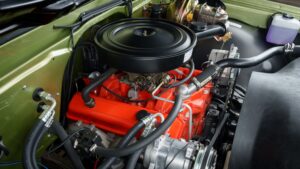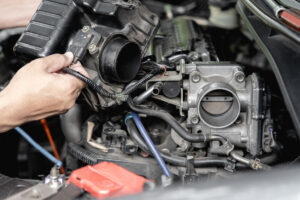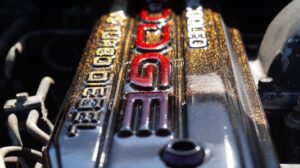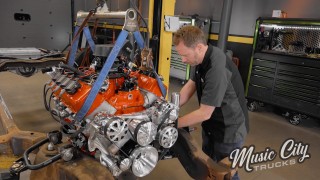Common Chemicals That Are Applied To Threads
Every vehicle out there is held together with thousands of fasteners. Some are crucial, some not as much. For the majority of them, you can simply tighten them and move on but there are a few fasteners that need an additional chemical compound applied to the threads to help that fastener do its job whether that be preventing a leak or stopping it from backing out. Here are a few of those common chemicals that are used.
A lot of times you’ll have a fastener in a difficult to reach place or has lots of vibrations like the hardware that holds the flexplate on the back of a crankshaft. For this, you can apply a thread-locking compound to help stop it from backing out over time. There are several different types but medium strength and high-strength liquid thread-locker are good to always have on hand. One thing to note with the red is that you will need heat or special tools to take it apart.
Certain critical fasteners inside your engine require a very specific torque value to be applied after they are tightened down. For something like a cylinder head stud or main bearing bolt inside your engine. If you tighten these down dry they can actually bind up and cause a false torque rating which would potentially lead to part failure. Special lubricants have been developed to go on the threads of the fastener to ensure an accurate reading after tightening. Lubricant gets applied to the nut side of the stud, both sides of the washer, and only one side of the nut.
A lot of times you’ll have a bolt that is in a highly corrosive environment or on a part like an exhaust manifold that sees a lot of heat cycles. The constant expansion and contraction can actually cause hardware to freeze up. If you try to unscrew it, it could actually twist off or break. That makes for a lot of extra work. Penetrating lubrication can be helpful for this.
When you put a fastener back into something like a manifold, it’s smart to use an anti-seize compound as a preventative measure.
Every fluid fitting is a little bit different. AN-style flare and O-ring fittings require no sealant at all while a tapered pipe-thread fitting does. Whether it’s Teflon tape, paste or paste with thread-locker built in.









